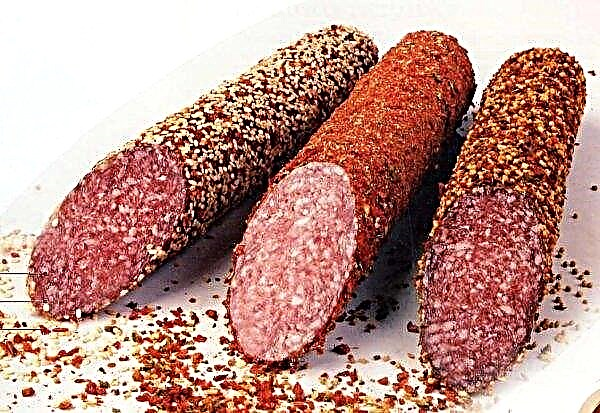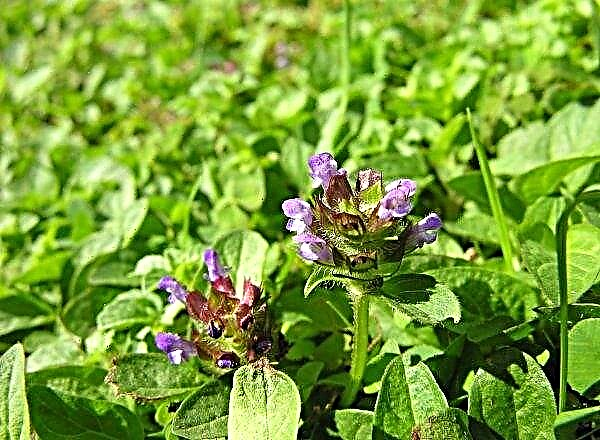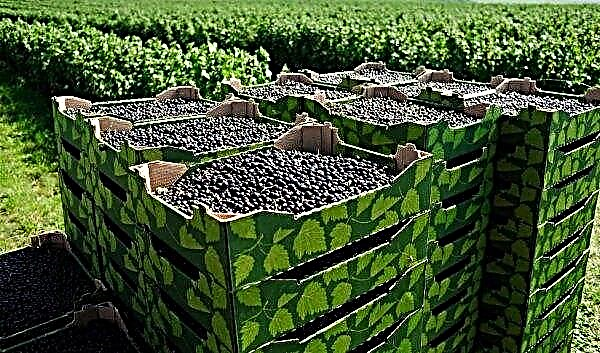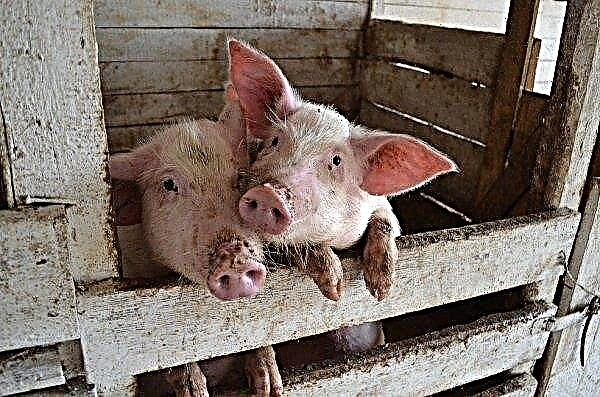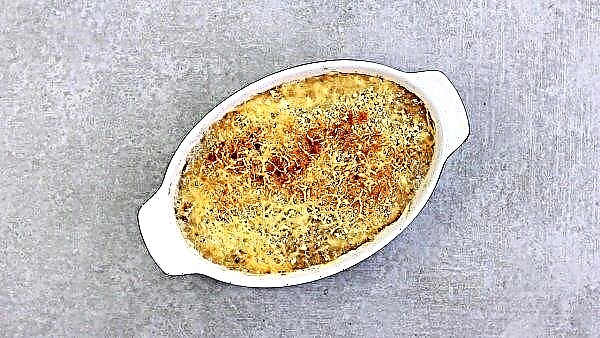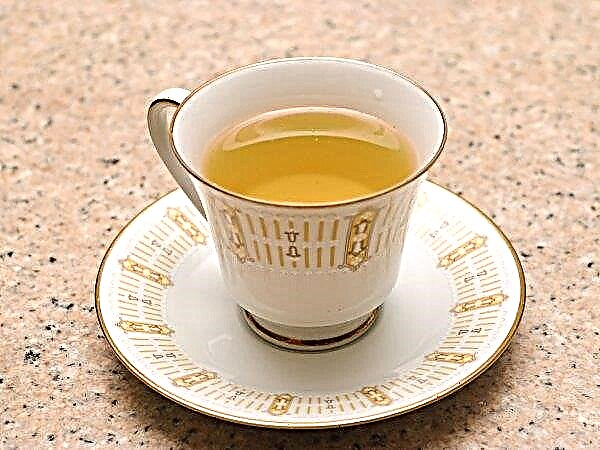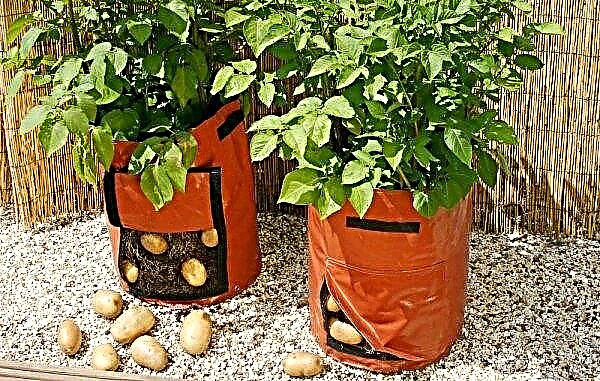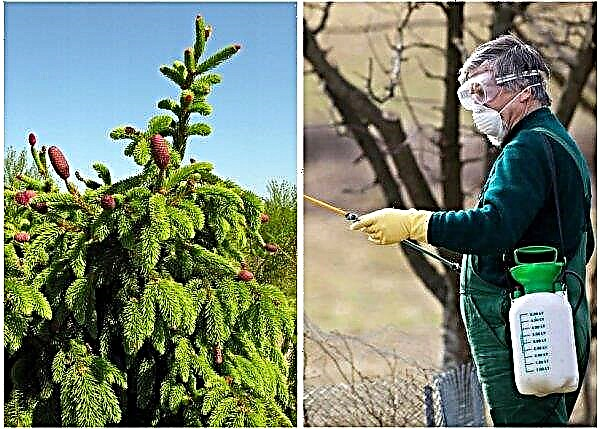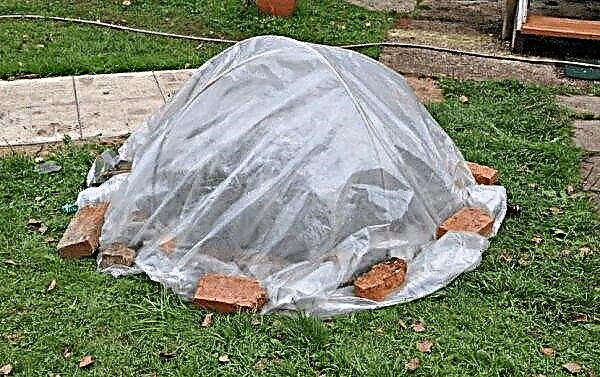In our country, clivia is grown mainly in pot culture, since it is absolutely not a frost-resistant plant. Clivia has very bright flowers and lush green foliage. Very often, flower growers cannot understand why this plant does not bloom. In this article, you will learn about the requirements for growing clivia and what to do to make the plant throw out the long-awaited flower arrow.
Basic requirements for the content of clivia
Clivia is a tropical South African plant. As a result of breeding, varieties with light yellow or dark orange colors were bred. Clivia has shiny, dark green leaves. Once a year, in February-March, the plant throws an inflorescence, consisting of many orange, cup-shaped flowers. The height of the bush is up to 50 cm, 5-6 new leaves grow on it per year.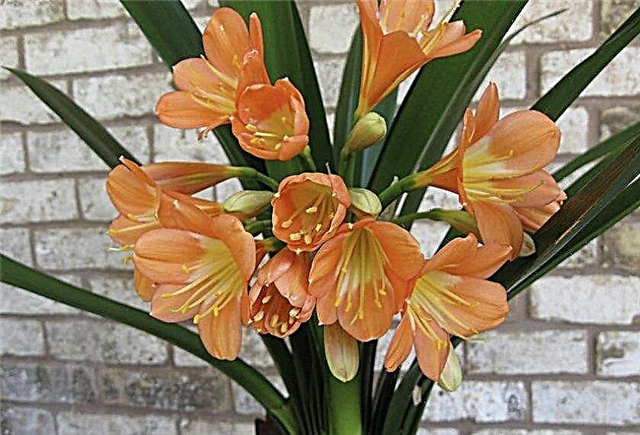 Clivia growing conditions requirements:
Clivia growing conditions requirements:
- Clivia blooms best on the northern windowsill.
- In a quiet period (at the beginning of winter), clivia requires a temperature of +7 ... + 10 ° C. When an inflorescence appears, the room temperature should be raised to + 15 ° C. In summer, the maximum temperature should be + 21 ° C.
- In the resting phase, the soil in the pot should be slightly moist, for this it must be watered moderately every two weeks.
- When clivia blooms, and later, throughout the growing season, the bush is watered at least once a week.
- During the summer, clivia is fed with liquid fertilizer, combining top dressing with one of the irrigations.
- Clivia in summer needs to be humidified, so it is recommended to install the pot on pebbles lying in a pan with water.
- Periodically, wide, fleshy leaves should be washed by hand with a sponge dampened in warm water.
Features of the flowering period
This flower differs from many other plants in that, without hibernating during the cold months, it will not be able to form and form the rudiments of flowers. Enter independently in a state of rest, while in a warm room, clivia is not able. 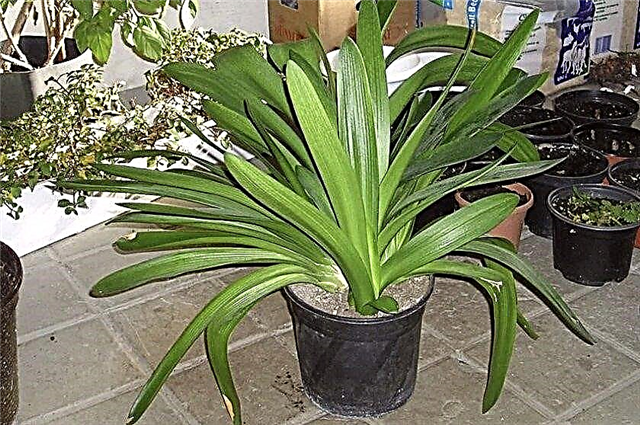 The dormant period will come only after the grower takes the planting container into a room where the temperature is much lower than room temperature (10 or more degrees), but much higher than 0 ° C. Usually, the time to move the pot to a cold room comes at the end of October - in November. The time of a quiet period for clivia is not less than 6 weeks, and not more than 8 weeks.
The dormant period will come only after the grower takes the planting container into a room where the temperature is much lower than room temperature (10 or more degrees), but much higher than 0 ° C. Usually, the time to move the pot to a cold room comes at the end of October - in November. The time of a quiet period for clivia is not less than 6 weeks, and not more than 8 weeks.
Why clivia does not bloom at home
When a florist grows clivia for several years, and the flower arrow has not yet advanced, it means that the conditions that are provided for the flower are not suitable for him. Perhaps the plant is hot or too cold, too dry or wet, or the flower does not receive enough light.
Natural causes
Often blooming in the first year, a flower does not bloom in the next few years. Perhaps early flowering and seed formation greatly deplete clivia. Some gardeners recommend removing the flower arrow in the first year of cultivation to give the plant time to grow stronger.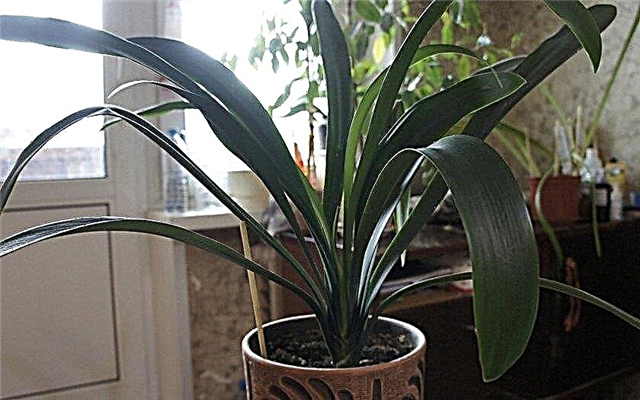
Improper care
Lighting. This is a very important factor, if the lighting is weak, the light is dim, then clivia does not throw out the flower arrow, but as if freezes in growth, waiting for suitable conditions. Clivia loves bright lighting, but not too much in direct sunlight. Since the end of May, a flower pot is installed so that the sun does not fall on it. If a flower receives little light or is obscured by higher plant neighbors, it rarely blooms.
Soil and pot. The reason that clivia does not bloom may be a lack of space for root growth. If the plant is cramped in a pot and it does not receive the necessary nutrients from the soil, flowering will not take place. The flower needs to be replanted every 3-5 years. As a soil mixture, one part is taken: loam, peat crumbs, coarse sand, compost. It turns out a nutrient hygroscopic substrate. The first sign that the bush is time to transplant is the appearance of roots above the surface of the soil. Transplant the bush at the end of flowering.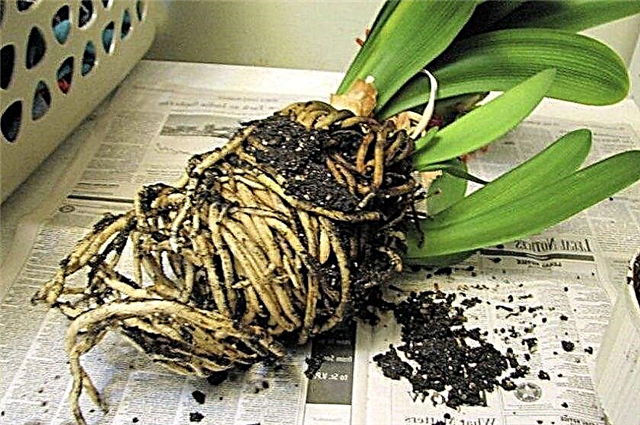 The phase of rest. A flower that has not passed the dormant phase will not bloom. Emission and quality of peduncles depend on the duration of the dormant phase and air temperature in this period. A flower needs at least a six-week stay in the cold. It is warming up after the cold dormant phase that causes clivia to begin flowering. Flowers that grow in planting containers in a warm house can skip the cold phase and will not bloom. It is best to take Clivia for a long time to the veranda, to the cold pantry, to the basement or garage, where the temperature is low but not frosty.
The phase of rest. A flower that has not passed the dormant phase will not bloom. Emission and quality of peduncles depend on the duration of the dormant phase and air temperature in this period. A flower needs at least a six-week stay in the cold. It is warming up after the cold dormant phase that causes clivia to begin flowering. Flowers that grow in planting containers in a warm house can skip the cold phase and will not bloom. It is best to take Clivia for a long time to the veranda, to the cold pantry, to the basement or garage, where the temperature is low but not frosty.
Important! When cultivating clivia, it is important not to forget that she always needs bright light, in low light the bush never blooms.
Irrigation
Clivia can not be watered constantly in the same mode, otherwise there will be no flowering. Each growth phase requires a special approach to irrigation. The plant needs a moist substrate, but plentiful watering is necessary mainly in the summer. In August, they begin to limit the amount of water, and in winter the soil is moistened only when the soil in the pot is clearly dry. Limiting the amount of moisture and lowering the air temperature to about +10 ... + 15 ° C positively affects the formation of future flower buds. At the end of winter, air temperature and irrigation frequency are again increased. It is worth remembering that it is better to moisten the soil with soft water at room temperature. Excess water from the sump in the fall and spring should be drained regularly to prevent the development of root rot.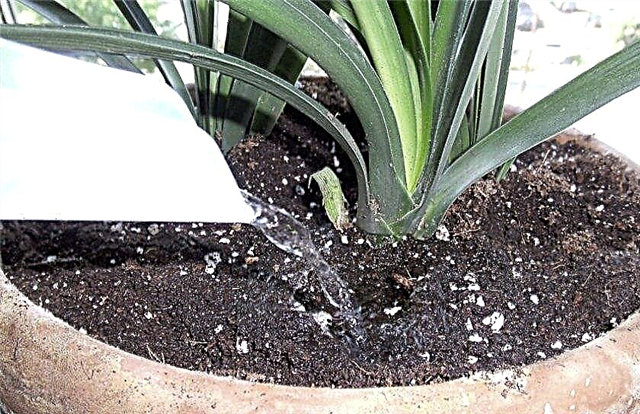
Incorrect fertilizer application
Incorrect fertilizer application also negatively affects the laying and development of flower buds. Frequent top dressing provokes rapid leaf growth, to the detriment of flowering. Lack of nutrition in the soil also prevents clivia from blooming.
It is optimal to apply fertilizer under the root during a period of rapid growth (from spring to late July) every 2 weeks. The most suitable is a liquid multicomponent fertilizer for potted plants (Ammophos, Kemira, Nitrofoska), which contains all the necessary nutrients and minerals. Since August, top dressing is stopped, in connection with the preparation of the flower for the rest period.
Did you know? Some species of Clivia, including Clivia miniata, produce a small amount of alkaloid lycorin. This is a toxic substance, so you can’t chew clivia leaves, which is sometimes done by small children and pets.
Diseases and Pests
Sometimes potato clivia is attacked by such insect pests:
- Mealybug. These are flightless insects that look like whitish cotton wool on the leaves. They hide in the core of the bush, in a fork in the leaves. The mealybug can be removed from the leaves by wiping them with a soap-soaked washcloth with a washcloth. In addition to soaping wipes, the plants are treated with an insecticide weekly. Spraying an infected plant with insecticidal solutions is often ineffective, much more reliable is the granular systemic insecticides that are added to the soil around the base of the infected plant.

- Root nematodes. These are not insects, but tiny worms about 1 mm long, transparent and colorless. Root nematodes can infect clivia, and it is almost impossible to get rid of them. The most effective method of destroying them is heat treatment, in which the plant is briefly dipped in hot water. But to use this method is quite dangerous, because: not enough hot water - and the nematodes remain alive, too hot water - and the plant dies.
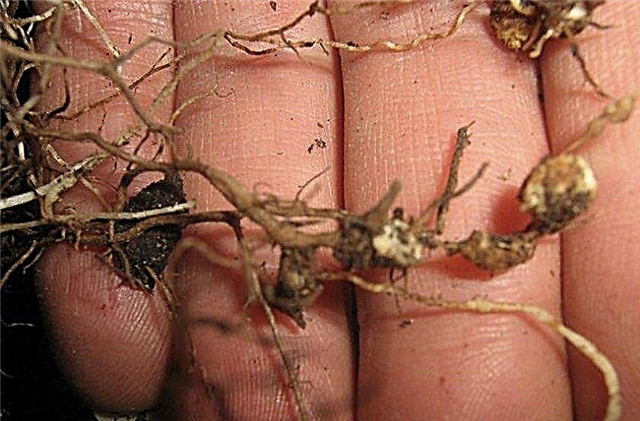
- Shield. It feeds on leaf juice, black necrotic spots form in places of feeding. Scabies can be seen on the leaves in the form of brown plaque-growths. The most effective method in the fight against scale insects is to wipe the leaves with a soap solution with the addition of kerosene or denatured alcohol. In addition to wiping, the flower is sprayed with an insecticide.
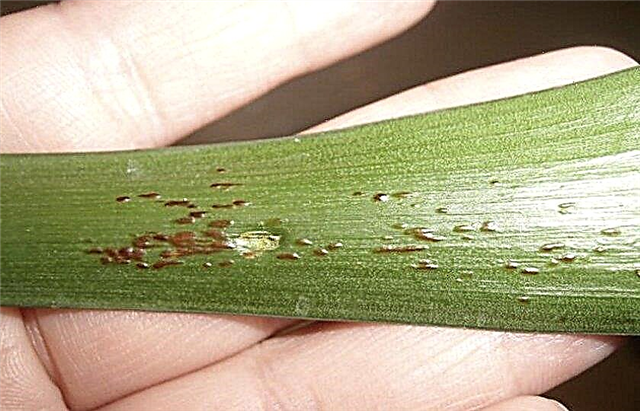
- Viral infections. Plant viruses can be affected by clivia when carried by migrating insects or non-sterile gardening tools. A viral infection usually appears as a spotty, mosaic or checkered pattern in a light green color that contrasts with the normal dark green color of a healthy Clivia leaf. There is no cure for viral diseases for clivia. To avoid the spread of the disease among other flowers, the virus-infected plant is immediately isolated from other flowers, and then burned.
- Fungal infections. The fungus usually develops in clivia due to the fact that the plant is in a too cold room and over-watered. It is necessary to stop watering, increase the temperature in the room, cut off the affected leaves, and treat the diseased flower with a fungicide. There are many systemic fungicides for the treatment of fungal diseases on plants: Fundazol, Champion, Topaz.
Important! After working with a plant that has signs of a fungal or viral disease, all tools must be processed in any disinfectant solution (for example, whiteness), and only after that start working with other plants.
What to do and how to make clivia blossom
To make clivia bloom, it is necessary to change the growing conditions as required by this plant:
- provide the plant with good watering in the warm season;
- regularly feed the bush from May to August;
- Provide bright lighting, without direct sunlight, for the entire growing season;
- allow the flower to fall into a long (at least 6 weeks) dormant period at a cold temperature;
- destroy pests and monitor the health of the bush.
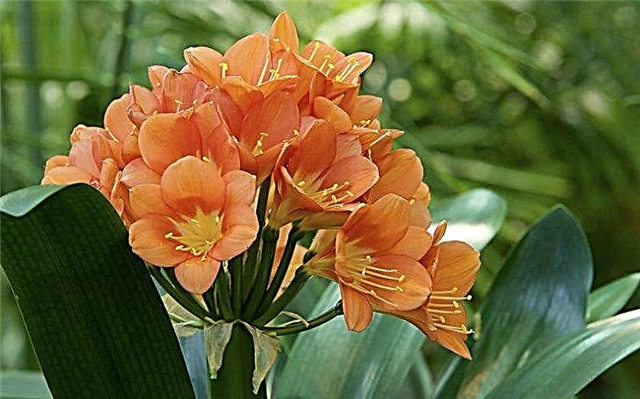
How to prevent care mistakes
To prevent deterioration of clivia, it is important to adhere to the following recommendations:
- Periodically, preventive treatments for fungal diseases are carried out and a bush is examined to detect pests.
- Plants are planted in a narrow and tall pot, this is due to the fact that the roots of clivia are long, and with a lack of space appear on the surface of the soil.
- The pot must have 2-3 openings for the drainage of water, which will not allow stagnation of excess moisture in the root zone.
- Before planting a flower, drainage from tree branches, foam fragments or clay shards must be laid on the bottom of the pot. Excess water will accumulate in the drainage area, and this will protect the clivia from the formation of root rot.
- Watering should be carried out only with slightly warm, soft water. If tap water is used, then only after settling for several days. The best option for irrigation is rain or melt water.
- Limit contact between healthy and diseased plants, apply temporary quarantine after acquiring a new flower in the collection.
Did you know? Clivia nobilis became the first named species of clivia. In 1828, the botanist C. D. Lindley named him after Miss Clive, Duchess of Northumberland County.
Blooming clivia bright spot will decorate any room. For this, the grower needs to provide a decorative flower with proper care (watering, temperature-favorable, dressing).




